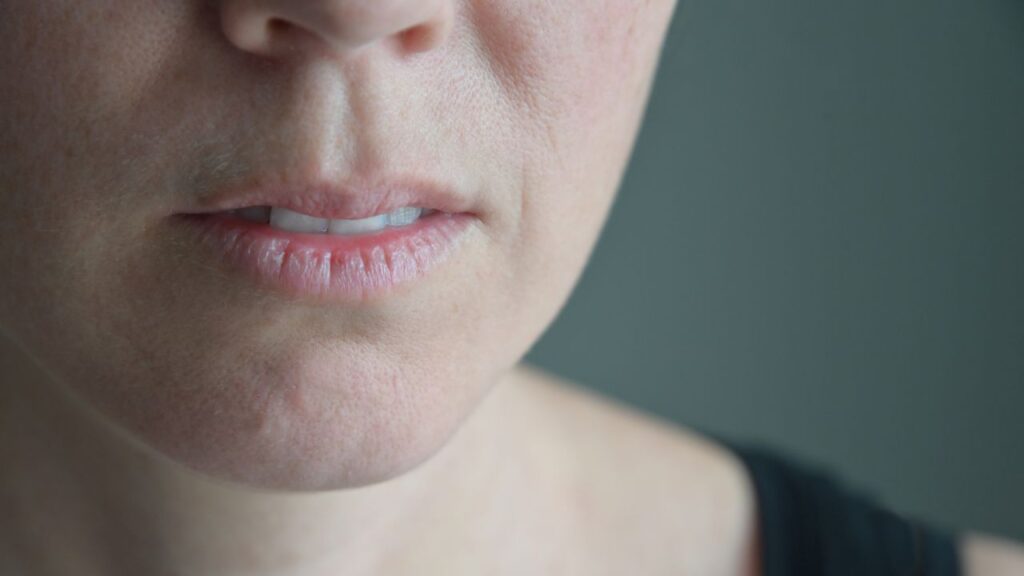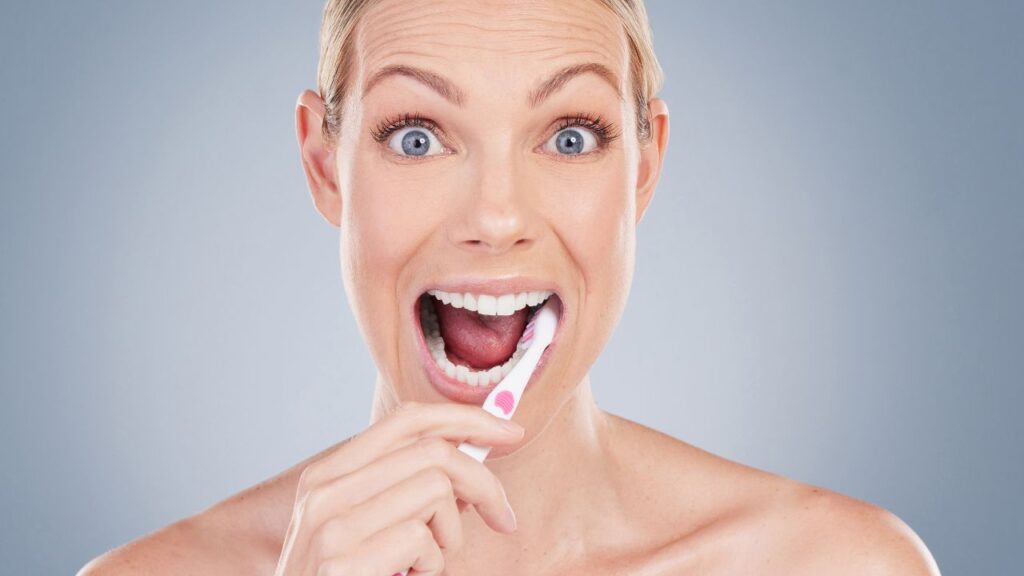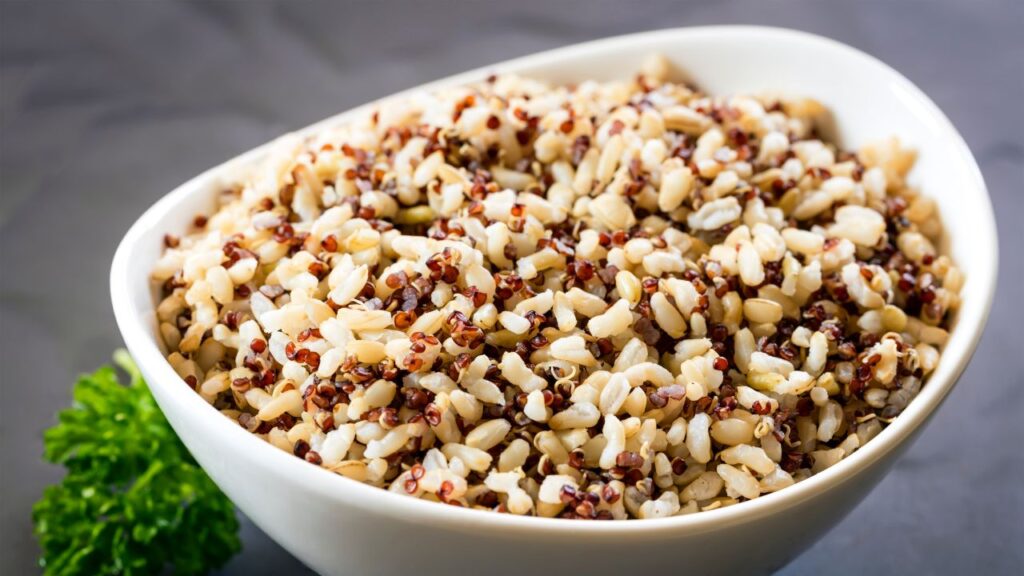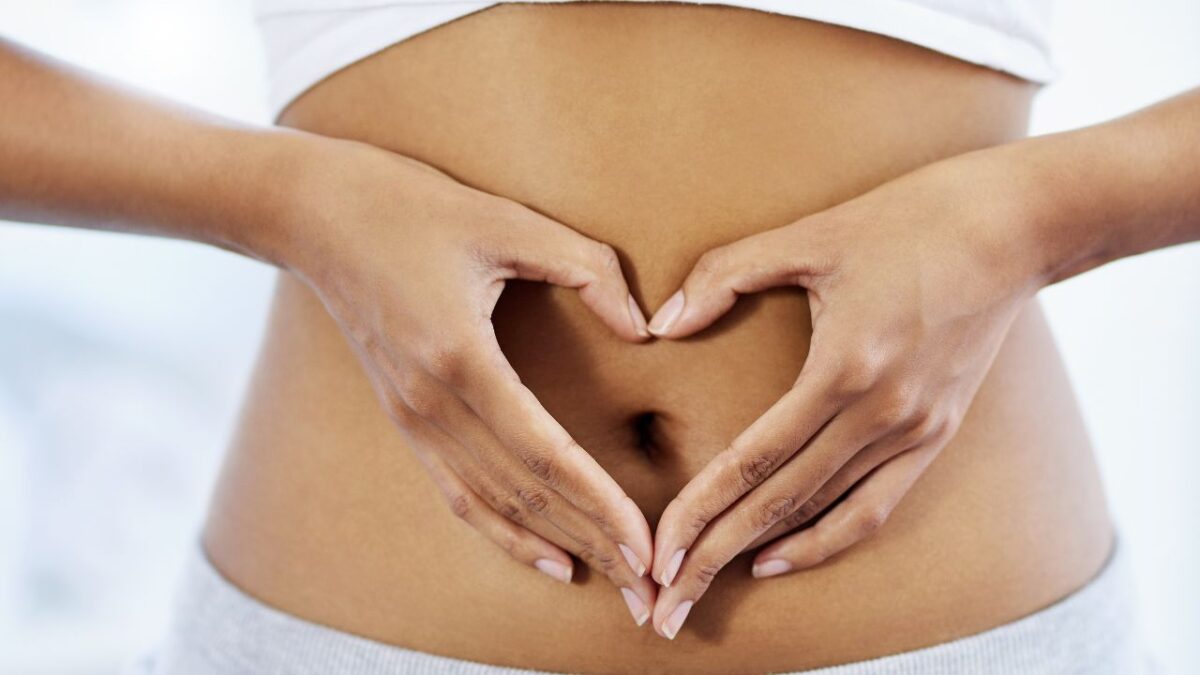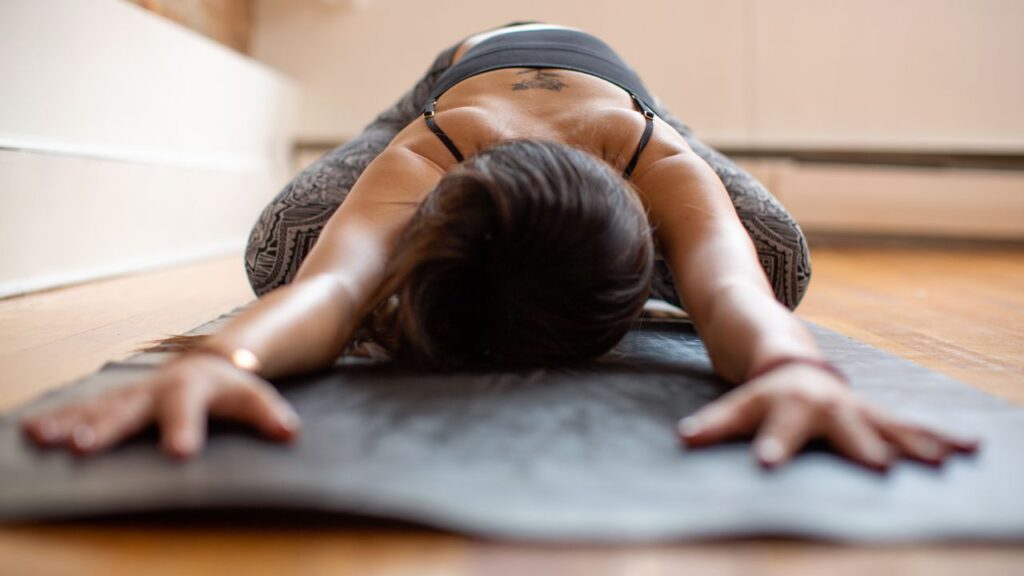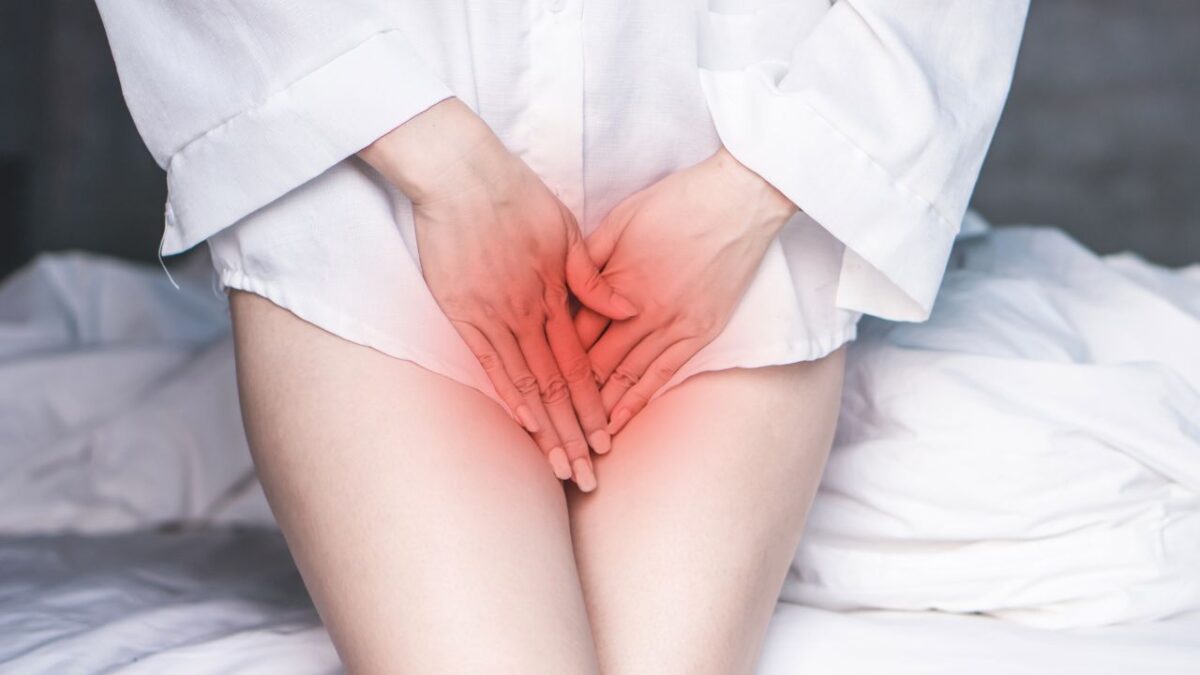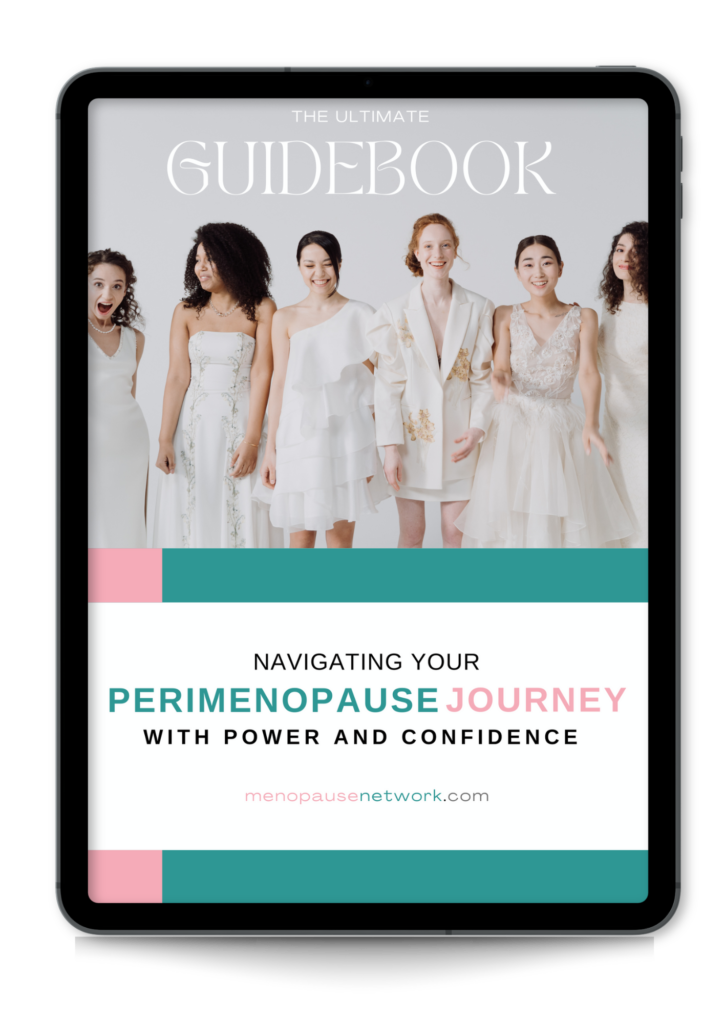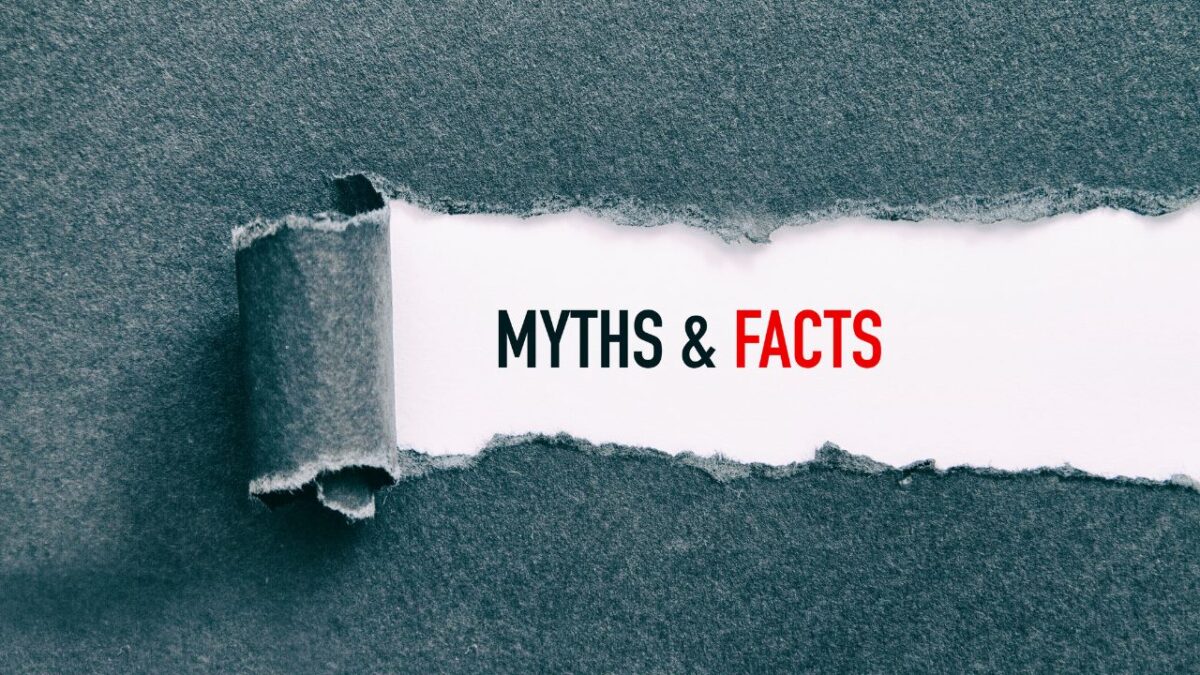These Everyday Kitchen Spices Can Dramatically Improve Your Respiratory Health!
As we cozy up into the cold and flu season, there’s an essential conversation we need to have about how to improve your respiratory health, especially for menopausal women. You see, during menopause, the body goes through changes that can impact its ability to fight off illnesses. This makes having a strong immune system even more crucial. The good news? Help might just be sitting in your kitchen. That’s right, certain everyday ingredients, the unsung heroes in our spice racks, can make a significant difference in fortifying our bodies against those pesky seasonal bugs. In this blog, we’re going to explore how these simple yet powerful spices can help keep our immune systems robust and ready. It’s all about turning your kitchen into a sanctuary of health and wellness, providing that extra shield especially needed during menopause.
So, get ready to turn your kitchen into your very own health sanctuary, all while keeping things simple and natural. Let’s get started on this journey to feeling great, one spice at a time!
1. Turmeric: The Golden Spice for Lung Health

Let’s talk about turmeric, that brilliant yellow spice that not only brightens up our curries but also our health, especially when it comes to our lungs. At the heart of turmeric’s power is curcumin, a compound that’s a real game-changer for respiratory wellness. Its strong anti-inflammatory properties are great for anyone grappling with respiratory issues like asthma or bronchitis. By easing inflammation in the airways, turmeric goes a long way to improve your respiratory health. Adding this spice to your diet isn’t just about flavor—it’s about giving your lungs a helping hand. And the best part? It’s a simple, natural way to help you breathe easier and feel better. So, the next time you’re cooking, reach for that turmeric and give your lungs the love they deserve!
How to Use: Add a teaspoon of turmeric to your smoothies, soups, or curries. You can also enjoy it as a warm, soothing drink, commonly known as golden milk.
2. Ginger: A Spicy Root for Clear Breathing

This zesty, sharp-flavored root is a real champ when it comes to keeping your airways happy and healthy. It’s not just the kick it adds to your meals; ginger is packed with anti-inflammatory and antioxidant qualities that are fantastic for your respiratory system. Imagine this: you’re dealing with annoying nasal congestion or that pesky common cold – ginger steps in to relax those airway muscles and clear things up. It’s like a breath of fresh air for anyone struggling with allergies or asthma. Regularly including ginger in your diet is a smart move to improve your respiratory health. It’s a simple, yet powerful way to ensure your breathing is as smooth and easy as a gentle breeze. So next time you’re in the kitchen, don’t forget that ginger isn’t just for flavor – it’s for your lungs too!
How to Use: Ginger can be grated into teas, soups, or stir-fries. For a simple remedy, boil ginger slices in water and drink this infusion.
3. Garlic: The Pungent Powerhouse

Garlic is the pungent hero of the kitchen with a reputation that goes way beyond its bold flavor. This little powerhouse is a trove of health benefits, especially for our respiratory system. The secret weapon here is allicin, a remarkable compound in garlic that acts almost like a natural antibiotic. It’s a fierce fighter against those nasty respiratory infections we all dread.
Regularly incorporating garlic into your meals serves a dual purpose. Not only does it add a burst of flavor, but it also enhances your immunity, providing a protective barrier for your lungs against common colds and other respiratory issues. Essentially, by making garlic a consistent part of your diet, you are adopting a delicious strategy to improve your respiratory health. Therefore, embrace the potential of this aromatic powerhouse; it’s one of the most beneficial allies for your lungs that you can find in your spice rack!
How to Use: Add minced garlic to your pasta, sauces, or as a seasoning in your vegetable sautés.
4. Cinnamon: Sweet and Soothing for the Airways

Let’s turn our attention to cinnamon, a spice that’s as delightful in flavor as it is beneficial for your breathing. This sweet, warm spice is a bit of a superstar when it comes to respiratory health. Its anti-inflammatory qualities are just what you need to calm down any irritation or swelling in your airways. Think of cinnamon as a soothing balm for your lungs, particularly handy when you’re dealing with a sore throat or the pesky symptoms of bronchitis. Integrating cinnamon into your daily diet is a tasty and effective way to improve your respiratory health. It’s like wrapping your airways in a warm, comforting hug, helping you breathe easier and feel better. So next time you’re sprinkling cinnamon on your latte or oatmeal, remember, it’s not just for taste; it’s a sweet guardian for your lungs.
How to Use: Sprinkle cinnamon on your oatmeal, add it to your baking recipes, or brew it into a tea.
5. Peppermint: Refreshing Relief for the Lungs

This refreshing herb is much more than a mere palate cleanser. Thanks to its star component, menthol, peppermint is like a spa day for your respiratory tract. Menthol works wonders by relaxing the muscles in your airways, making it a go-to remedy for clearing up congestion and boosting airflow in your lungs. For those wrestling with chronic conditions like asthma or COPD, peppermint can be a real game-changer. Regularly incorporating peppermint into your regimen is a refreshingly simple way to improve your respiratory health. It’s like giving your lungs a breath of fresh, minty air. So next time you’re sipping on that peppermint tea or inhaling its soothing aroma, remember you’re doing your lungs a huge favor!
How to Use: Brew peppermint leaves into a refreshing tea or add peppermint oil to a bowl of hot water for steam inhalation.

And there you have it, folks – a roundup of some incredible herbs and spices that are not only kitchen essentials but also your allies in the battle against cold and flu season. Each of these natural wonders, from the golden glow of turmeric to the refreshing zing of peppermint, brings its unique strengths to help fortify your respiratory health.
While these herbs can significantly aid in fighting off those seasonal sniffles and coughs, they’re part of a bigger picture. A balanced diet, regular exercise, and good sleep are your best defense against the flu and common cold. Think of these spices as your supporting cast, boosting your body’s natural defenses and keeping your airways clear and healthy.
So, as we navigate through these colder months, let’s keep these handy helpers in mind. Add a sprinkle of cinnamon to your morning oatmeal, a dash of garlic to your pasta, or a slice of ginger to your tea. Small steps like these can make a big difference in how you weather the cold and flu season.
Stay healthy, breathe easy, and enjoy the natural goodness that these herbs and spices bring to your table and your health. Here’s to a season of wellness, warmth, and wonderful flavors! 🍵🌿💪🏼
Did you find this information helpful? Try out these spices and share your experiences with us! Don’t forget to subscribe for more health tips and tricks. Breathe easy and stay healthy!




